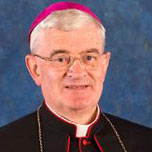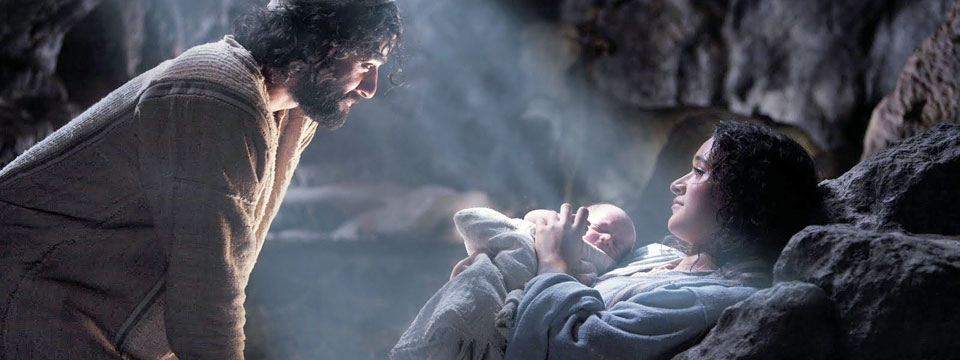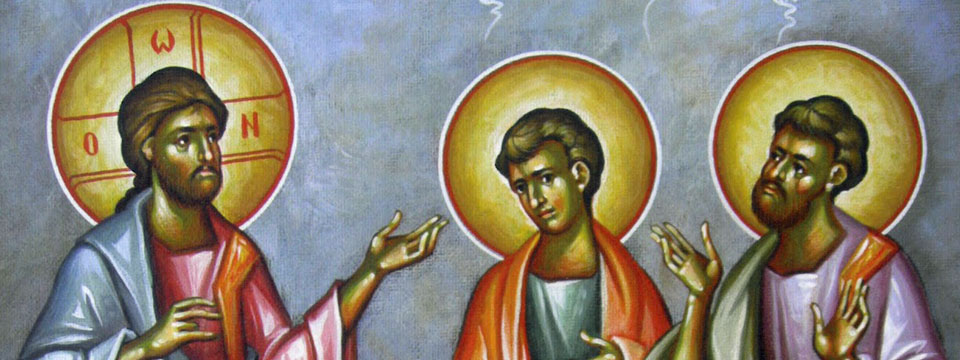Through catechisms, we are all familiar with the ends for which the Eucharistic Sacrifice is offered: in praise and adoration, for intercession and atonement. But in recent decades much less emphasis has been placed on the fourth end – that the Sacrifice of the Mass is offered as propitiation for sins. As we celebrate this Requiem Mass for deceased members of our Confraternity, it is good for us to recall the solemn teaching of the Church on this important dimension of the Mass.
The Council of Trent was specific and precise, as we see in chapter 2 of the Decree on the Doctrine of the Sacrifice of the Mass:
“And forasmuch as, in this divine sacrifice which is celebrated in the Mass, that same Christ is contained and immolates in an unbloody manner, Who once offered Himself on the Cross; the Holy Synod teaches that this Sacrifice is truly propitiatory (Canon vi), and that by means thereof this is effected that we obtain mercy, and find grace in seasonable aid, if we draw nigh unto God, contrite and penitent, with a sincere heart and upright faith, with fear and reverence.”
To counteract Luther’s error that the Mass is only “a sacrifice of praise and thanksgiving”, the Church teaching is specific. At the same time, the Council counteracted the Reformers’ claim that Catholics use the Mass in an automatic or magical way, like a pagan sacrifice, hence the Council Fathers stress the need for interior dispositions: contrition, penitence, sincerity, faith, fear and reverence. And, brothers, that is how we gather at the altar of God today, setting forth before the Father the Divine Victim, offered in the Holy Spirit, as we shall proclaim in the great doxology of the Eucharistic Prayer.
The Tridentine teaching continues: “For the Lord, appeased by the oblation thereof and granting the grace and gift of penitence, forgives even heinous crimes and sins. For the victim is one and the same now offering by the ministry of priests, who then offered Himself on the Cross, the manner alone of offering being different.”
What happened in time on Calvary, is now made present sacramentally by our ministry at this altar, here in this community. By the double consecration of bread and wine, as Pope Paul VI taught in Mysterium Fidei, Jesus offers his Body and Blood, the new and eternal covenant for the remission of the sins of many. To the words Hoc est enim corpus meum the postconciliar rite significantly adds the sacrificial language, quod pro vobis tradetur, “which will be given up for you”, just as the Roman rite has constantly maintained that his saving blood is poured out pro vobis et pro multis.
The self-immolation of Jesus Christ is above all an act of love, taken and developed so well by Pope Benedict XVI in Sacramentum Caritatis. Through a sublime self-donation, which is the essence of embodied love, the Incarnate One is priest and victim, the altar and banquet of eternal nourishment.
His Eucharistic love embraces especially the many holy souls detained in the merciful process of Purgatory. Never can they be lost, for they are saved. But they must be purified, cleansed, prepared for the full enjoyment of the Beatific Vision and the glory of Resurrection. In hope we place them within the fiery furnace of the loving Heart of Jesus, the Divine Mercy. We do this in the love of “communion”, the communion of all the Saints, through which we are able to reach out to our loved ones across the change of death. We assist them by our prayers and sacrifices, above all through this the perfect Prayer, the Liturgy of the living Church, which links time and eternity.
How then do we encourage our people to recover a devotion to the propitiatory sacrifice of the altar; that is, to seek to have Masses offered for their loved ones? I believe it can easily be done first by reminding them of the atoning power of the Cross, which we apply in every Mass. More precisely in our preaching we need to set the meaning and power of this Sacrifice in the dimension of the love of Christ, self-giving love, ajgavph, caritas. That is the love which, as St Paul tells us, is shed abroad in our hearts, the love we are called to bear to one another in his Church. We need to remind our people that “the Church” in fact is largely made of countless souls who have passed through death before us.
Lumen Gentium #51 proposes the teaching of the Second Vatican Council on this credal truth of the communion of Saints: “This Sacred Council accepts loyally the venerable faith of our ancestors in the living communion which exists between us and our brothers who are in the glory of heaven or who are yet being purified after their death and it proposes again the decrees of the Second Council of Nicea, of the Council of Florence, and of the Council of Trent.”
Each person who seeks to have a Mass offered for the departed may be reminded that he or she is acting out of love for dear ones, or, in some cases, even a generous love when Mass is requested for “forgotten souls” – who are only “forgotten” from our limited perspective, never forgotten by God.
As we remind our people of this loving service, let us remind ourselves of it each time we go up to the altar, serving our people in the Eucharistic mystery of the boundless mercy of God.






